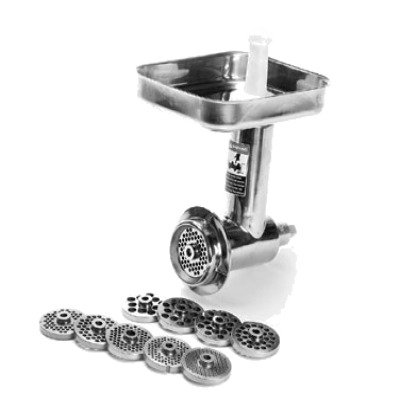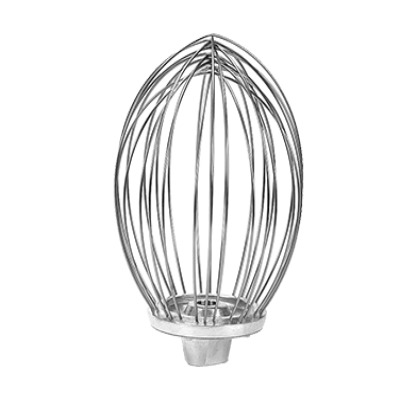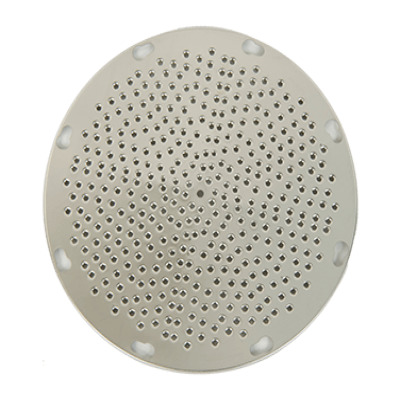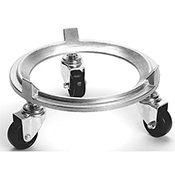Food Safety Guide

RECEIVING
Before accepting deliveries, make sure the temperature is within prescribed limits. Check both surface and interior temperatures: use either an Instant Read or a Pocket Digital Thermometer for a quick interior check and an Infrared Thermometer for surface temperatures.
Refrigerated foods – no higher than 41° F
Frozen foods – No higher than 0° F
Discard dry goods if there is any dampness, discoloration, or if packaging is damaged.
Remember: Always refuse foods that show any signs of spoilage!
STORING
All foods must be properly stored to minimize the risk of bacterial growth or contamination.
Refrigerated foods must be stored at 41° F or lower
Frozen foods need an air temperature below 0° F — use two freezer thermometers – one at the warmest point, the other at the coldest – to monitor air temperature.
Dry-stored foods should be kept at 50° F in a well-lit, ventilated room with a maximum of 60% relative humidity. Use a Wall Thermometer or Remote Sensor Thermometer to monitor storage room temperatures and humidity levels.
Remember: Check storage temperatures at least twice each day.
PREPARING / COOKING
Foodborne pathogens are killed by safe cooking temperatures. Use a Deep Fry Thermometer to check deep-frying oil temperatures to prevent cooking the surface of foods too quickly. Use an Infrared Thermometer to ensure grills, fryers, and ovens maintain the right temperature for uniform cooking and use Pocket Digitals or Thermocouple Thermometers to ensure that 1999 FDA Guidelines for safe internal temperatures are consistently met.
SERVING / HOLDING
Hold foods out of the Danger Zone – hot foods above 140° F and cold foods below 41° F – to inhibit bacteria. Always use thermometers – either a Hot/Cold holding Cabinet Thermometer or Handheld Thermocouple Thermometer with an Air Probe – to check air temperature in holding cabinets and under heat lamp warmers.
Remember: Built-in Thermostats may be misleading because they only measure air temperature immediately adjacent to sensors, which may not be uniform throughout the holding area.
COOLING
After cooking, chill foods – especially meats – as rapidly as possible to minimize their time in the danger zone and limit bacterial growth. Chill from 140° F to 70° F within 2 hours, then from 70° F to 41° F within 4 hours. Use a Pocket Thermometer, Pocket Digital Thermometer, or a Hand – held Thermocouple Thermometer with Interchangeable Probes.
Remember: The larger the surface area, the faster the food will cool – Cut roasts into smaller portions and distribute liquids among several smaller pans to speed chill-time.
REHEATING
Some bacteria survive cooking and multiply to dangerous levels during chill-down. Food must be reheated to an internal temperature of 165° F to eliminate new pathogens. Use an Instant Read or Hand – held Thermocouple Thermometer to ensure all foods are reheated adequately.
Remember: The Infrared Thermometer is ideal for quickly and inconspicuously checking the surface temperature in holding cabinets, on salad bars, and steam tables.


















